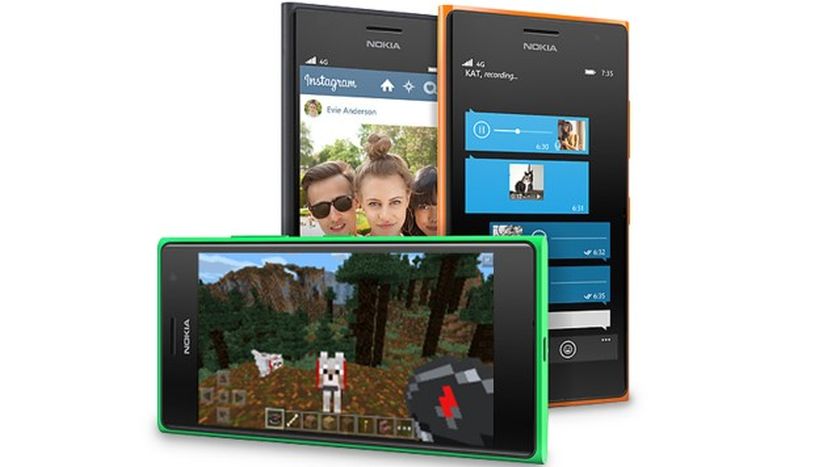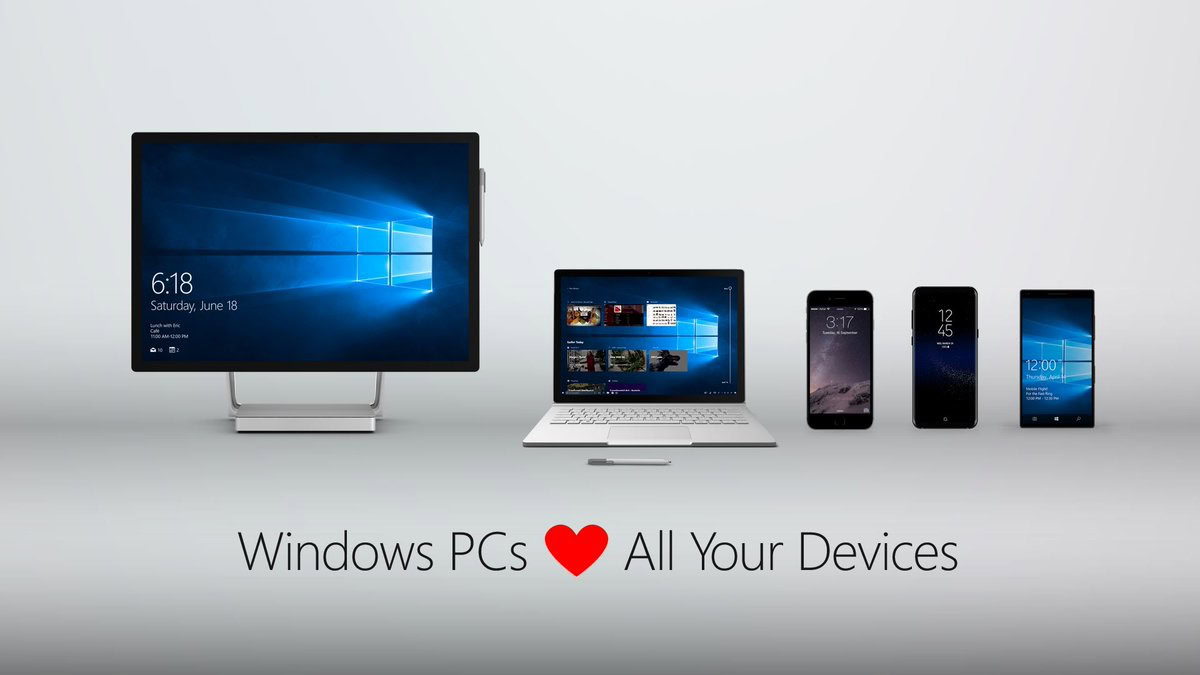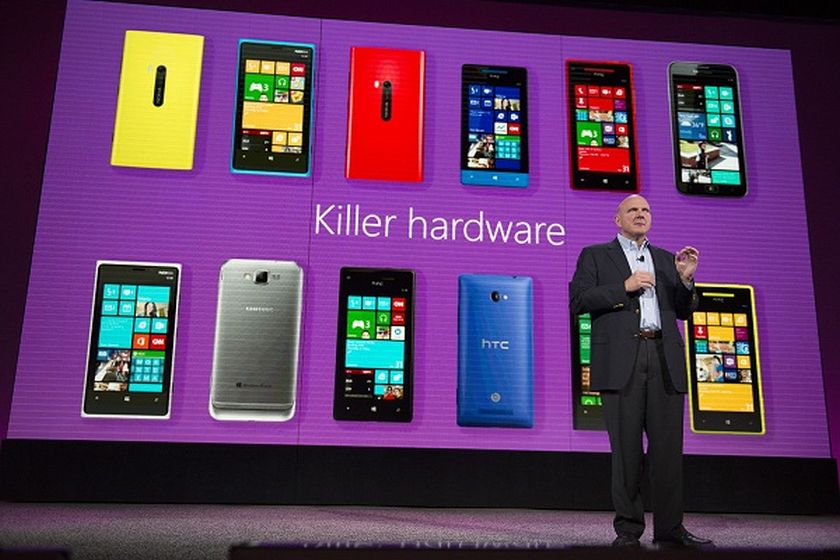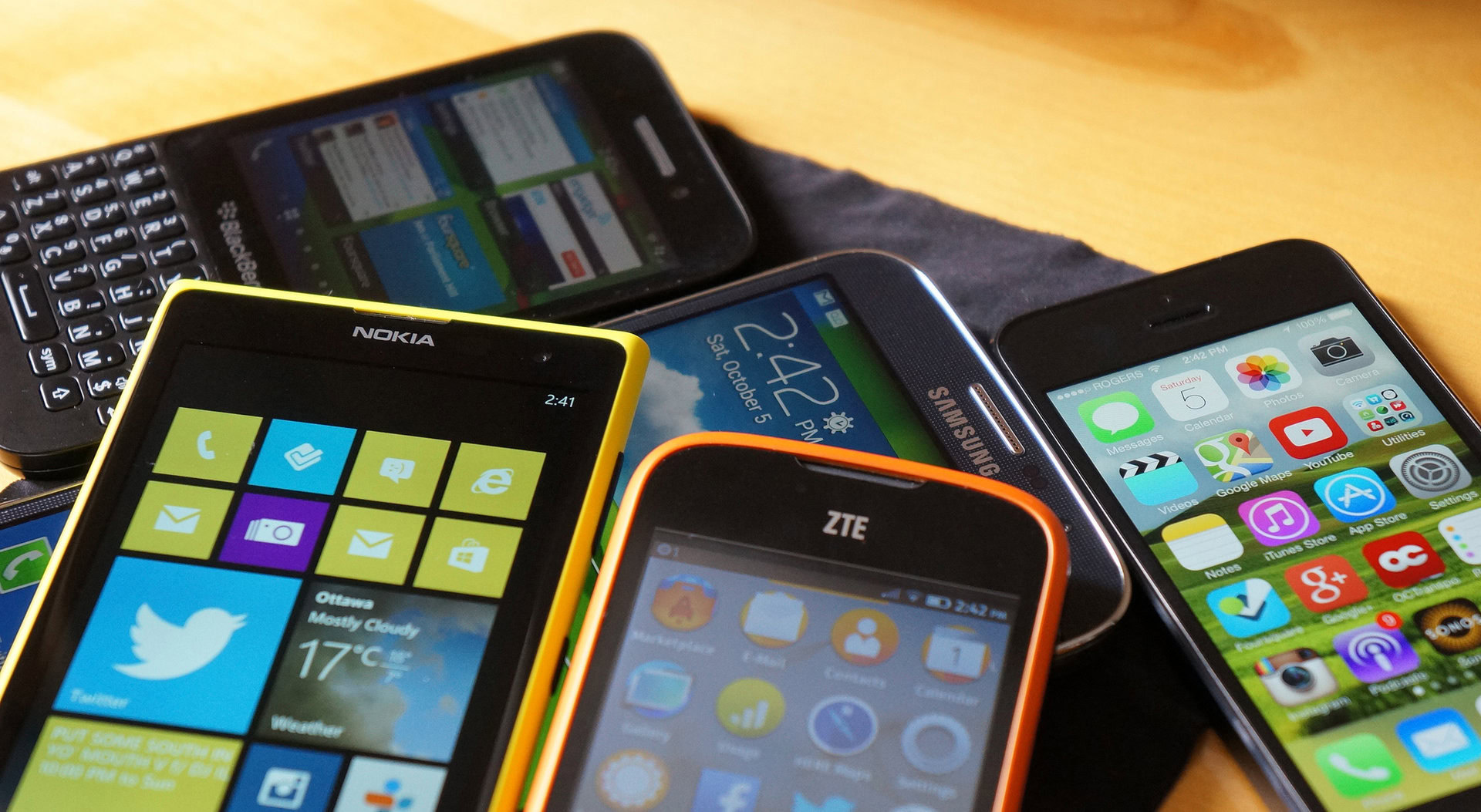Affiliate links on Android Authority may earn us a commission. Learn more.
It's just Android and iOS now as Windows Phone 8.1 says 'Goodbye' today

It’s the end of an era for Windows on smartphones. Today is the final day Microsoft will officially support Windows Phone 8.1, which was made generally available to consumers on July 15, 2014. The end of the OS also signals what most people have accepted for several years. There are only two mobile operating systems now — Android and iOS.
Some of you might be saying, “What about Windows 10 Mobile?” What about Windows 10 Mobile? Microsoft’s mobile OS is only available on just over 20 percent of all Windows smartphones, as shown in a recent report from AdDuplex. That means that nearly 80 percent of all currently active Windows smartphones will be running on unsupported operating systems after today. That also means that many Windows Phone 8.1 owners have chosen not to update their devices to Windows 10 Mobile, if they are indeed eligible to receive that update.

Even more telling is the fact that Windows 10 Mobile has not received much in the way of new features since it became generally available in the spring of 2016, while its PC version had added numerous features in two big updates, with more to come. Indeed, there are rumors that claim Microsoft is just going to put Windows 10 Mobile in a maintenance mode until its support ends in November 2018. There’s also the fact that Microsoft is no longer selling any of its own Lumia Windows 10 Mobile phones, and there’s no word on any new third-party phones that will use the OS.

What happened? Microsoft, under its last CEO Steve Ballmer, tried hard to push Windows Phone as a viable alternative to Android and iOS. Ballmer was so confident in his plans that he lead Microsoft to acquire Nokia’s Devices and Services division in 2013 so that Microsoft could make and sell its own Windows Phones. For a brief time, before the launch of Windows Phone 8.1, it looked like the company’s strategy of offering cheap Windows Phone handsets might have taken off in at least some markets in Europe and Asia. Microsoft managed to take away a small, yet noticeable amount of Android and iOS’s market share in those countries (it never really gained much popularity in the US).
That time was short lived, and it became even shorter when Ballmer departed Microsoft. New CEO Satya Nadella took his place in February 2014, just a few months before the release of Windows Phone 8.1 and before the acquisition of Nokia’s smartphone group was finalized. Nadella clearly didn’t think that competing with Google and Apple directly in the smartphone space was the right strategy, and over the next couple of years Microsoft shut down or sold off almost all of the assets that it had bought from Nokia under Ballmer’s direction.
The truth is that the Windows Phone platform had many features in its favor, but none of them were enough to stop the twin barrels of Android or iOS
The truth is that the Windows Phone 8.1 platform had many features in its favor, including built-in support for Microsoft’s Cortana digital assistant, a great camera app with lots of different functions, and its Word Flow keyboard. However, none of them were enough to stop the twin barrels of Android or iOS to stop rolling when it came to real people buying smartphones.
The biggest complaint about Windows Phone 8.1, and indeed with Windows on smartphones in general, was that many major app developers decided to not even bother with releasing their products on the OS. Google wouldn’t release official versions of its many mobile apps on Windows Phone, even though it had done the same for Apple’s iOS, for instance.
While there are some unconfirmed rumors about Microsoft developing some kind of new mobile hardware and software products, I don’t think it’s likely that Nadella would try to compete again with Apple and Google in the smartphone space. It’s possible that Microsoft is working on a new mobile device that isn’t a smartphone, such as a new wearable or perhaps a small Windows 10 tablet that might be able to take calls as well. However, it would be a huge surprise if Nadella revealed a new “Surface Phone” product in the near or far future, based on his previous history.

What does the end of Windows Phone 8.1 mean for Android users? On the surface, it would seem to be very little. The Windows OS has never been a huge threat to Android or iOS, especially in the US. However, with the demise of Windows, BlackBerry, Symbian, Firefox OS and others from the smartphone ecosystem, that means more attention will be placed on Android and Google, particularly from government regulators and watchdog groups who could feel that Google has too much power and control over the entire smartphone industry.
Many people still believe there is room for a third smartphone OS in the current market. Windows Phone 8.1 was the best hope for those folks, and it failed. It will be very interesting to see how the industry will continue to develop with two ecosystems moving forward.